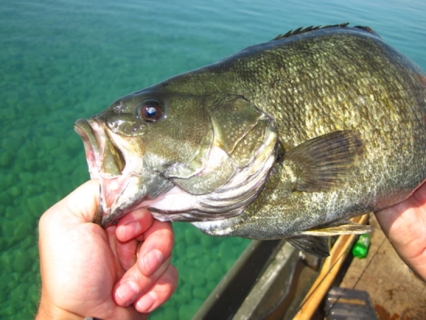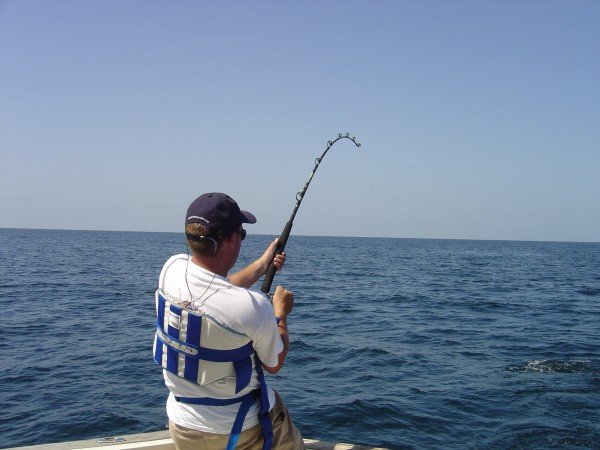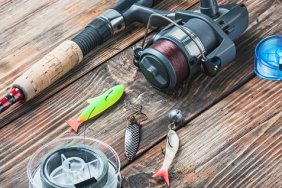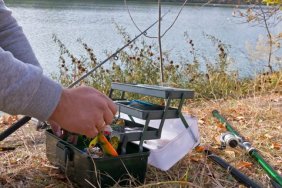Fish, especially the marine variety, live in an ever-changing environment influenced by water clarity, tidal variations, temperature fluctuations, and ambient sky conditions which all factor in the ability for game fish to see it’s prey.
Different lure colors typically stand out in certain conditions and it is vital for anglers to be able to recognize and make changes to entice the bite.
Brief Lesson in Fish Biology
Without getting in depth into fish biology, fish have two types of receptors (cone cells and rod cells) in the retina which are used depending on the available light conditions. Cone cells are used in daytime and are the color receptors, while rod cells are used mainly in dark conditions.
RELATED: How Fish See: Does Color Really Matter?
Rod cells only allow the fish to see in black and white, but are much more photosensitive then cone cells. During daytime or higher light conditions, rod cells are retracted and cone cells are used until light conditions degrade. As it gets darker, the cone cells are retracted and rod cells are used. This adjustment can typically take up to two hours and is the likely reason a bite may be very good during dusk and then shut down until it is dark for a few hours.
Color choices become more important during daytime biting as fish can see different colors and color contrasts, where as nighttime fishing just needs the lure to standout over the surroundings.
Conditions and Choices
There are many different lure colors on the market and some may be produced to catch the eye of the consumer rather than the fish. But there are some standard colors which are universal among saltwater game fish and across regions.
For daytime fishing, white is king in terms of all around performance, followed by chartreuse, yellow, pink and any combination of them. In Southern California, blue and white are king.
In contrast, nighttime feeding which relies on a fish’s rod cells will produce more strikes with lures in black or black/purple as they will standout as silhouettes against the surrounding water.
Turbid waters will have anglers throwing lures in yellow, chartreuse or pink to stand out in the dirty water. Clean waters will be best fished with the lightest leader possible and “natural-colored” bait imitating lures as fish will have better visual acuity in the clearer conditions.
Baitfish profiles
In addition to lure color, bait profile is very important to entice the bite. A good rule of thumb is to match the lure size to the current bait that is inhabiting the area you fish. Most lure manufacturers make a variety of color patterns in each lure size so it is very easy to target different light conditions while keeping the bait profile in line.
One great tip is to always check the stomach contents of the fish you catch and keep as this will provide some insight onto the size, shape, and baitfish they are eating. If you don’t keep the fish, look for any baitfish that are regurgitated as you bring the fish up. Most game fish will try to empty their stomach in order to “throw” the hook and sometimes previously consumed baitfish can be seen in the water or on the your deck. By keeping a keen eye, this can help you choose the right lure which will put more fish on the deck.
So the next time you’re out for a day of fishing, pay attention to the water conditions and the bait in the area and matching the right combinations of color and size will put an emphasis on “catching” rather than “fishing.”
Fish gallery
-
Fishing Files
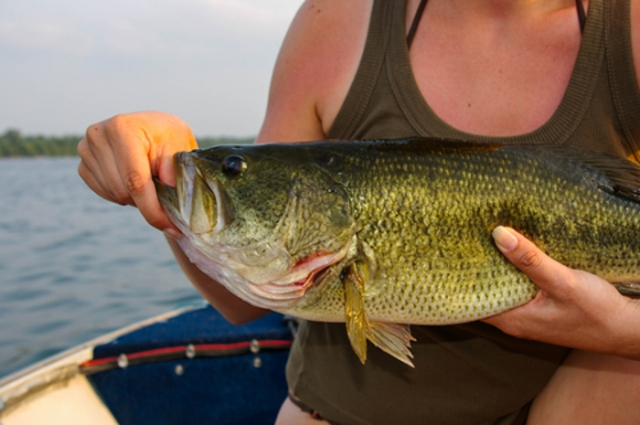
-
Striped Bass
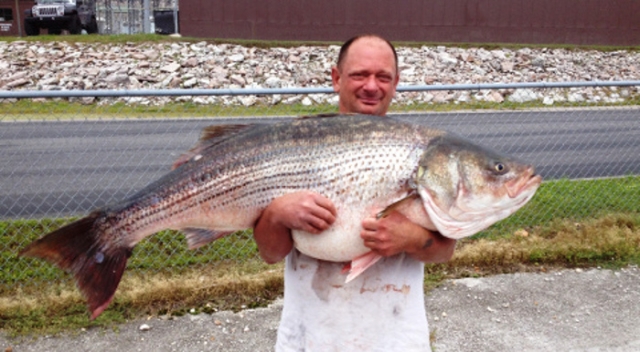
-
Fishing Files

-
Smallmouth Bass
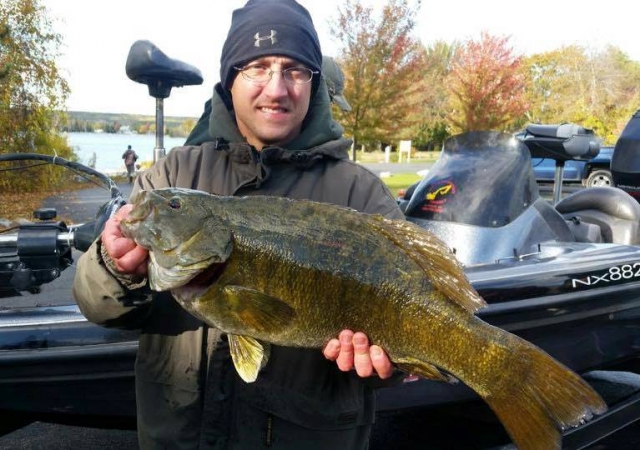
-
Fishing Files
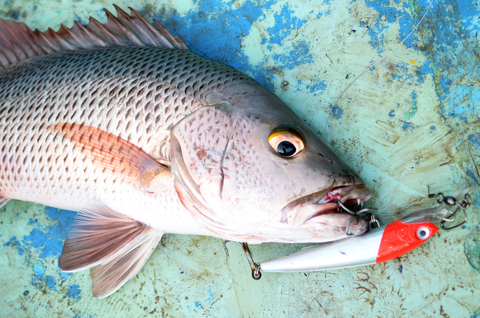
-
Fishing Files
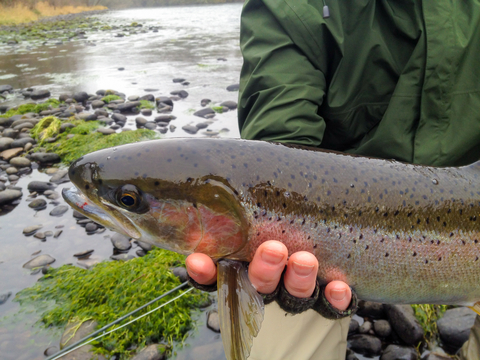
-
Largemouth Bass
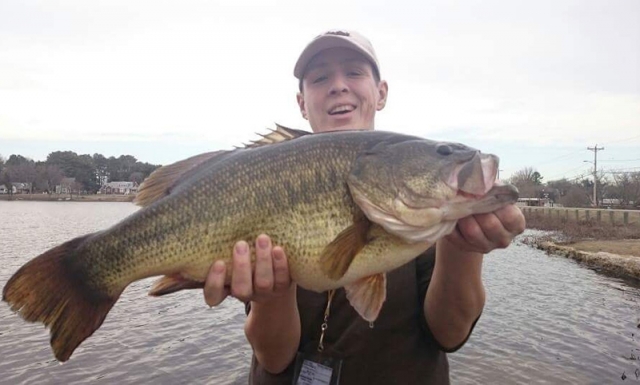
-
Fish fail in Russia
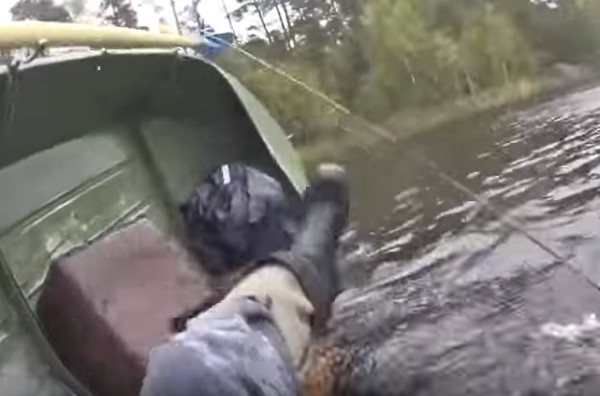
-
Bait fish
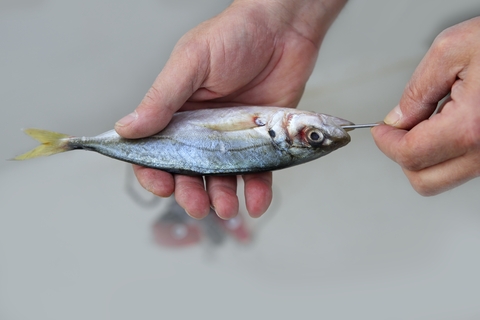
-
Fishing the weeds
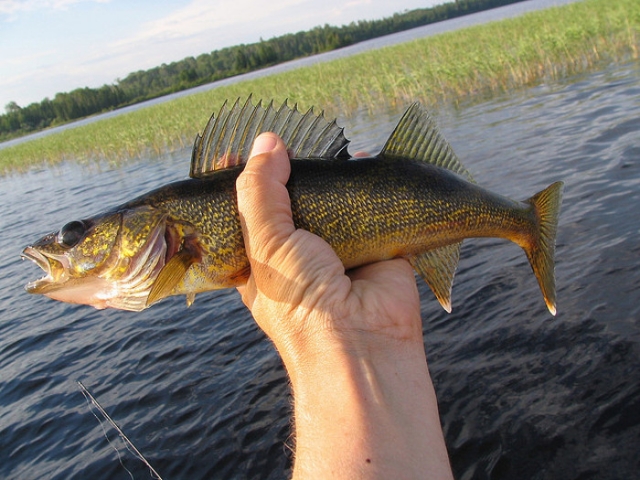
-
Fishing Waders
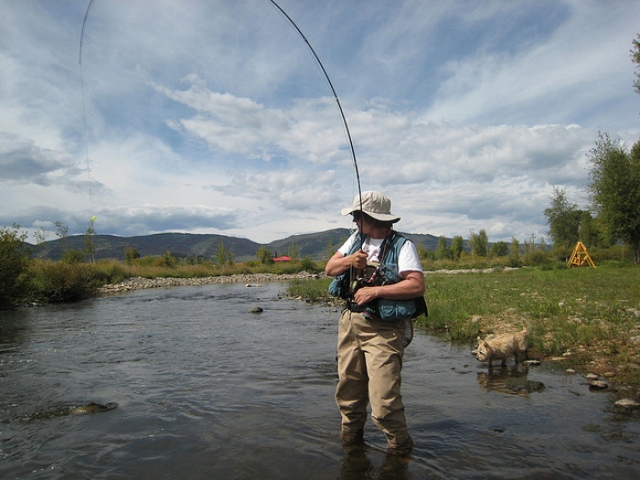
-
Old Man Fishing
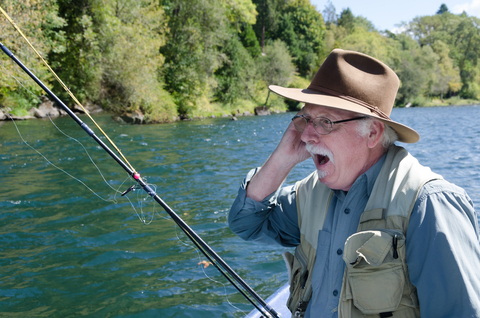
-
Fishing
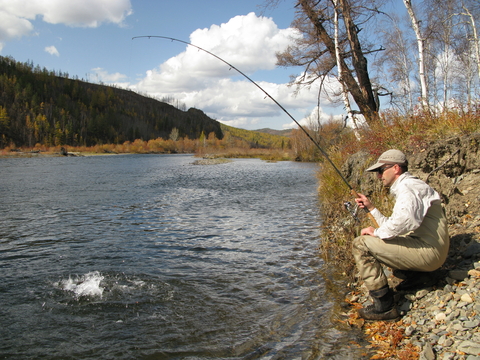
-
City Fishing
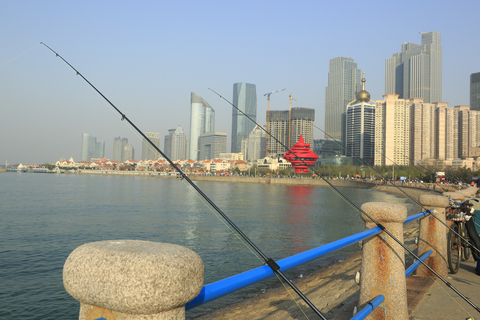
-
Fishing the cold
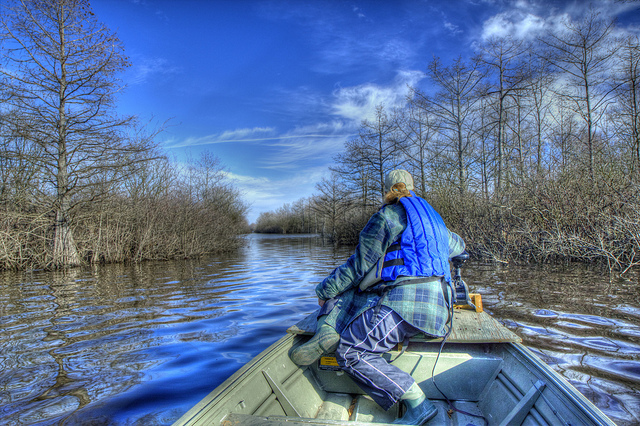
-
Fishing sunset
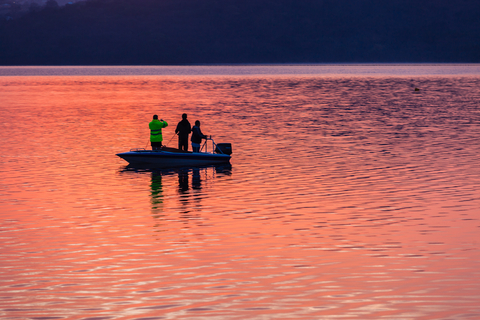
-
Bank fishing
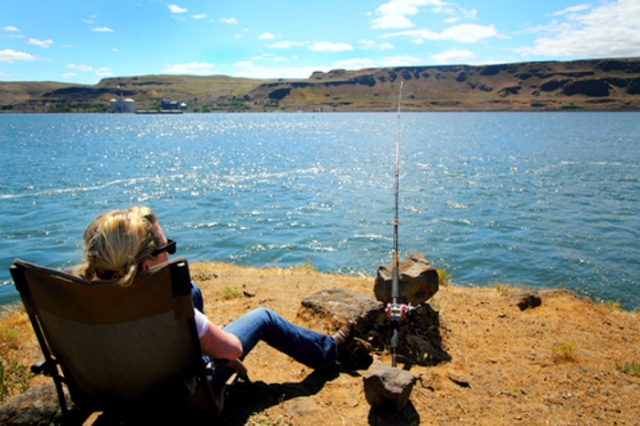
-
Day glow fishing boat
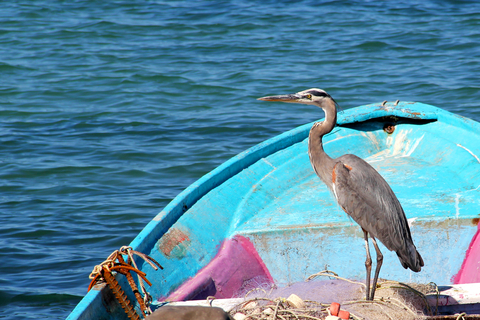
-
Fishing Pro
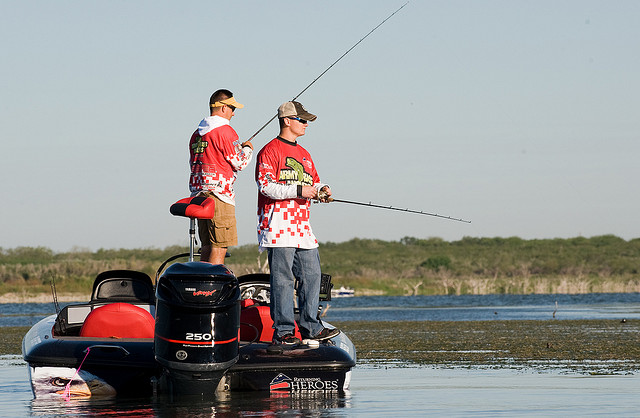
-
Fishing
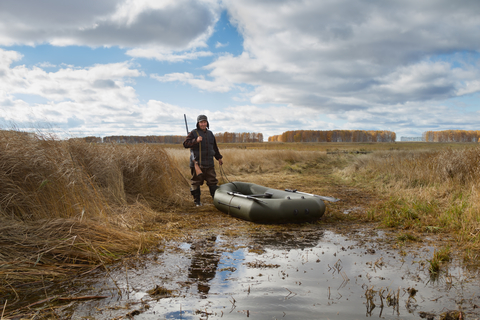
-
Fly fishing
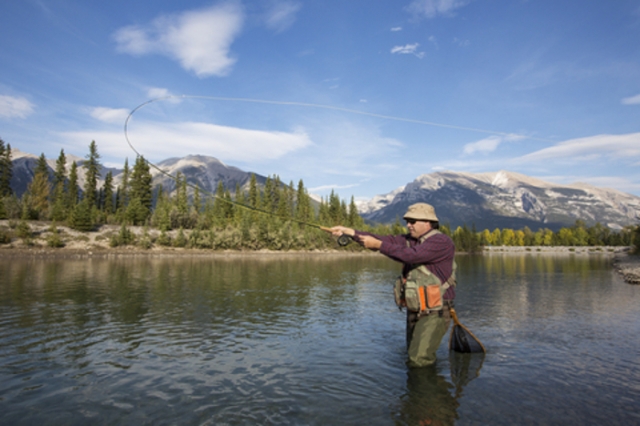
-
Fishing Files
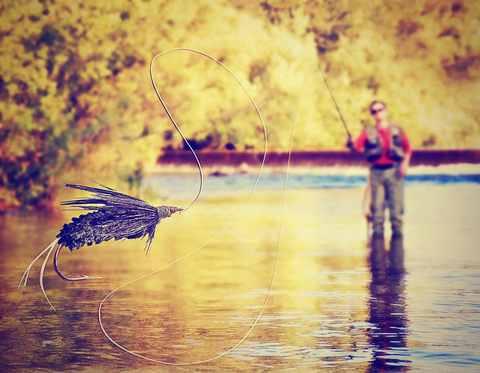
-
Fishing Files
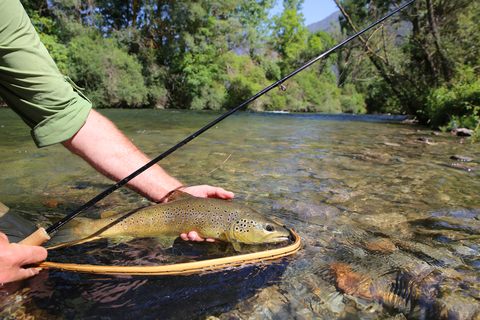
-
Fly reel
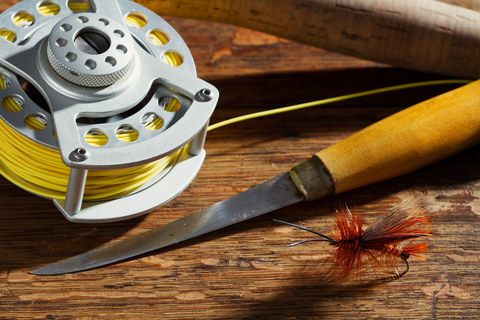
-
Gar Fish

-
Golden Trout
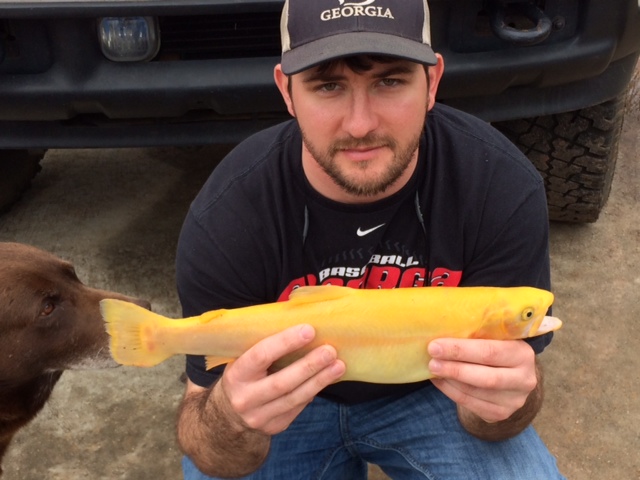
-
Ice Auger

-
Ice Fishing
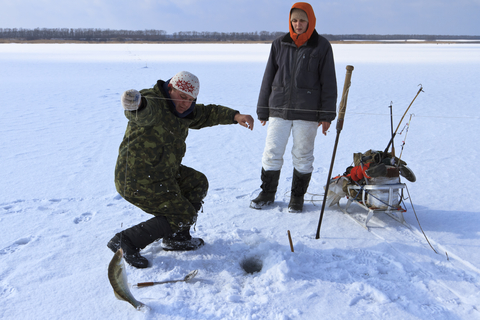
-
Halibut
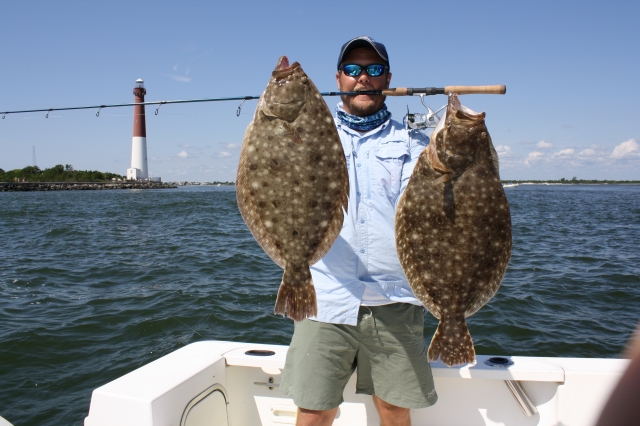
-
Bass Fish
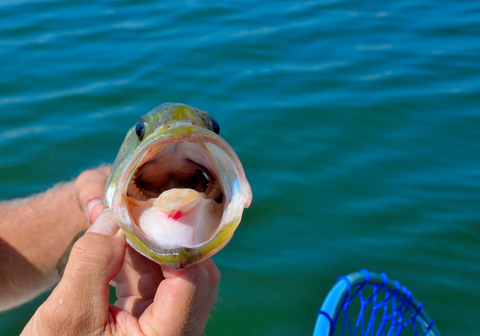
-
Lobster Dog
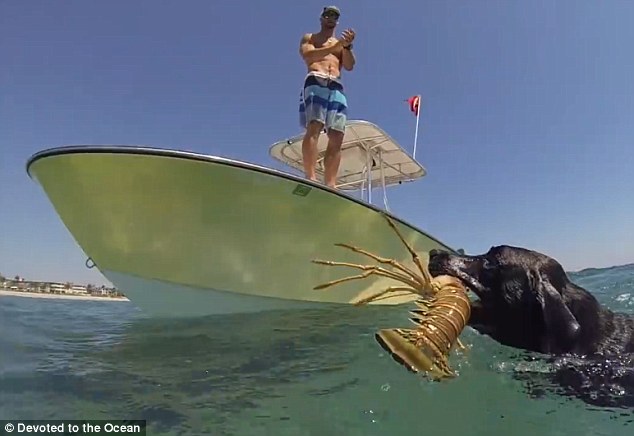
-
Marlin Fishing
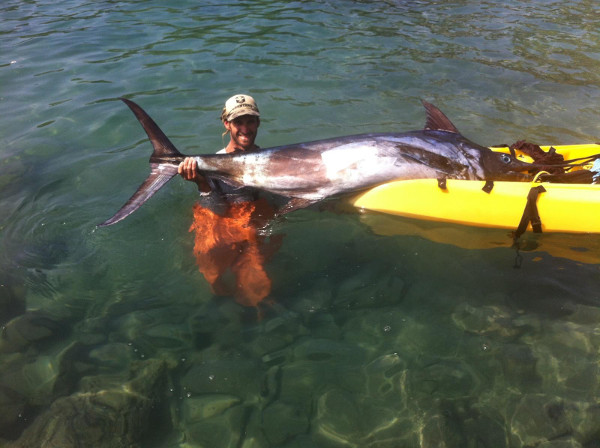
-
Muskie
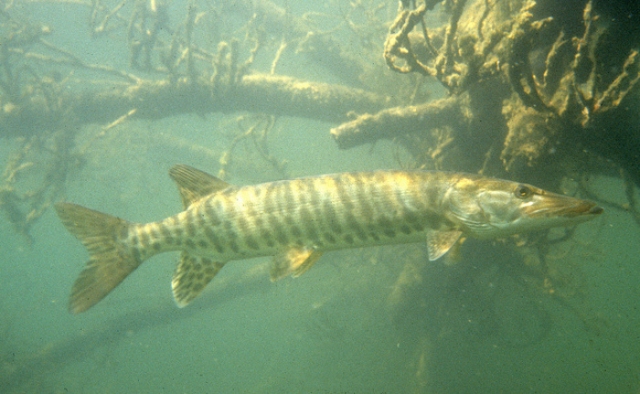
-
Fishing Files
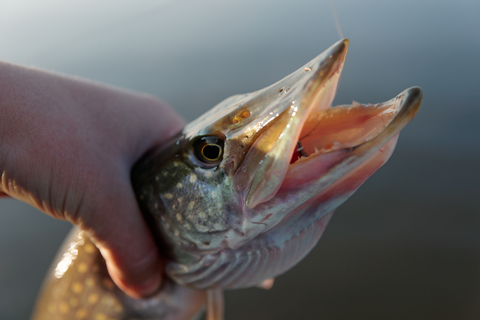
-
Nymph

-
Oarfish
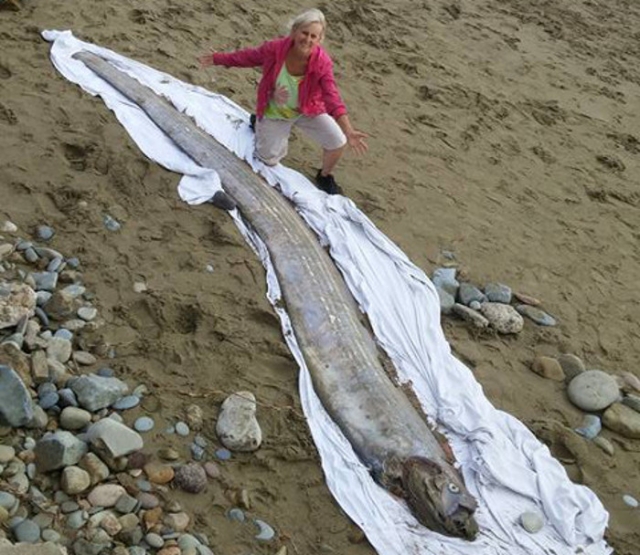
-
Obama Fishing

-
Panfish
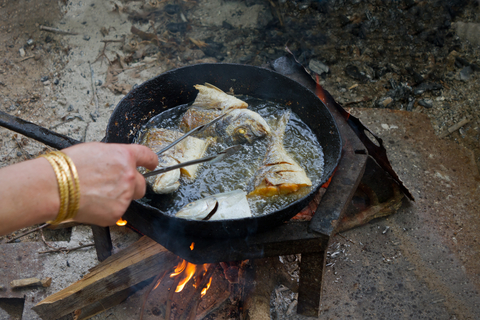
-
Pelican

-
Fishing Files
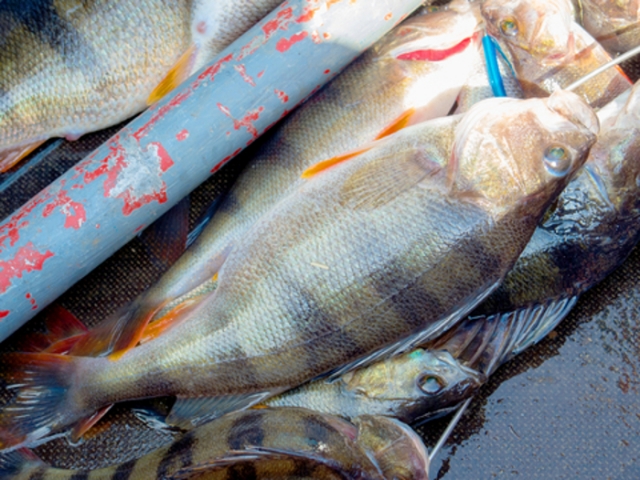
-
Fishing Files
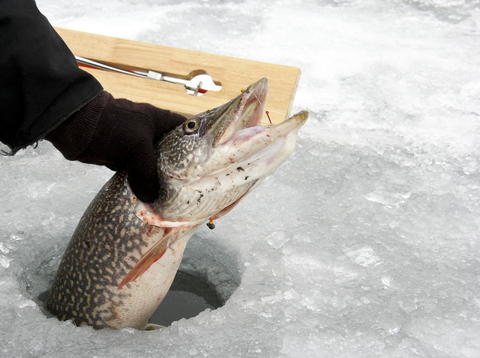
-
Fishing Files
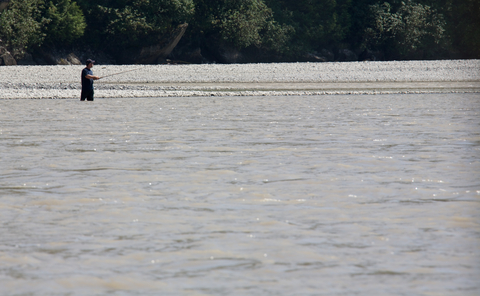
-
Fishing Files
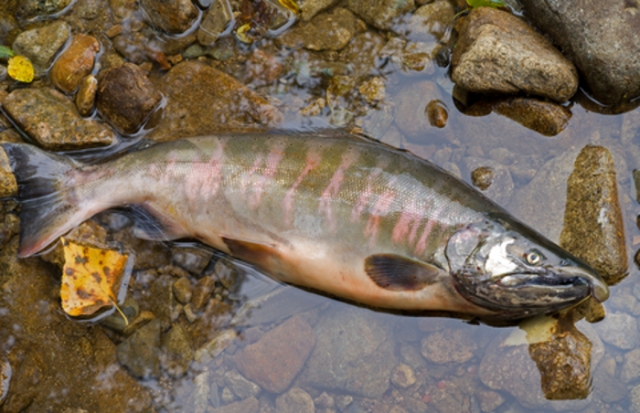
-
Fishing Files
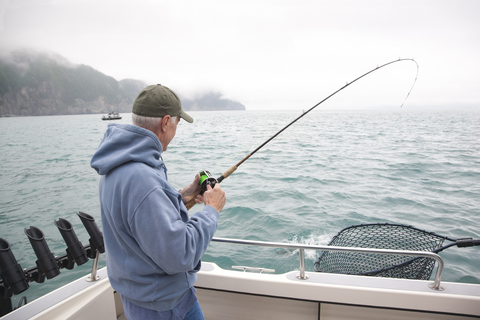
-
Fishing Files
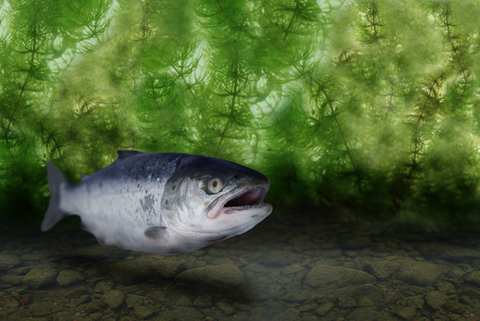
-
Fishing Files

-
Fishing Files
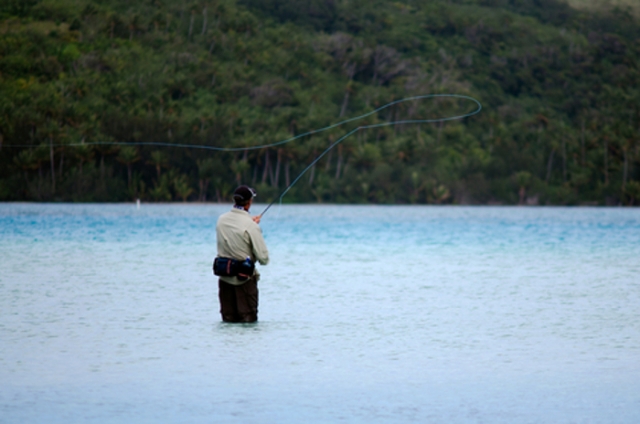
-
Fishing Files
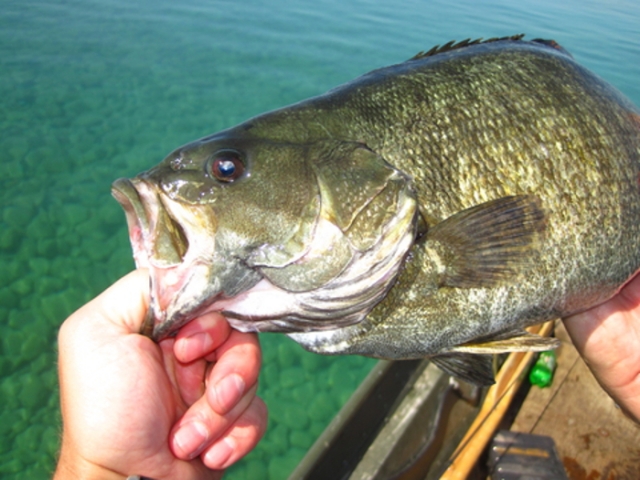
-
Snakehead
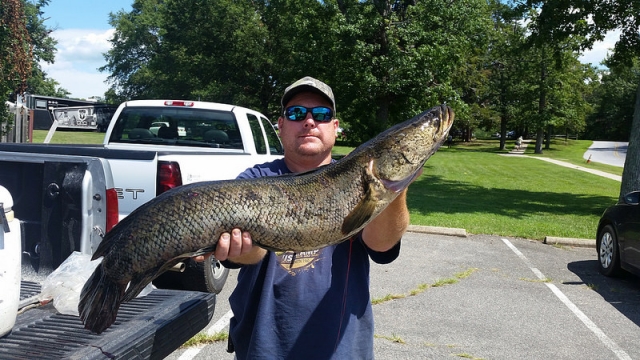
-
Spinner Shark
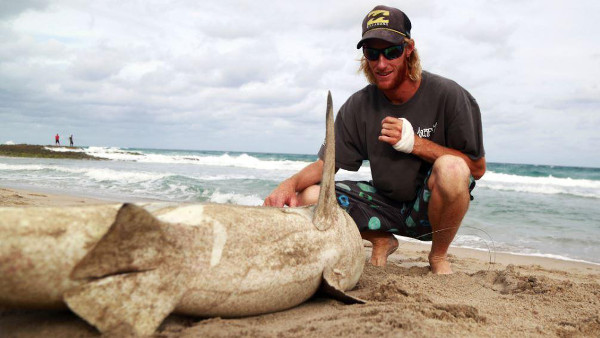
-
Spotted Bass
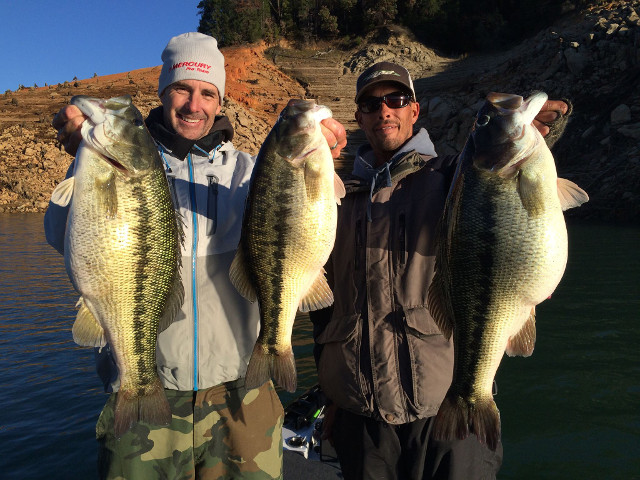
-
Striped Bass
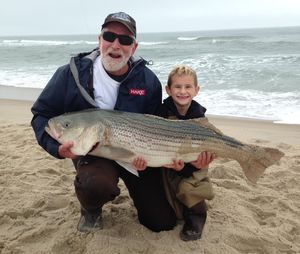
-
Sturgeon

-
Fishing Files
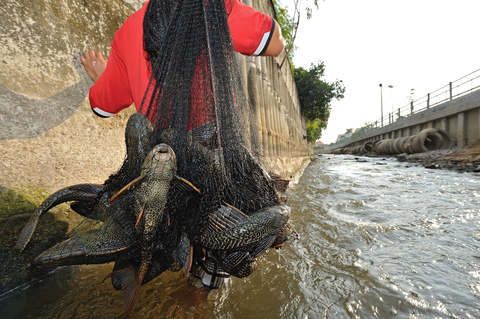
-
Trout Fishing
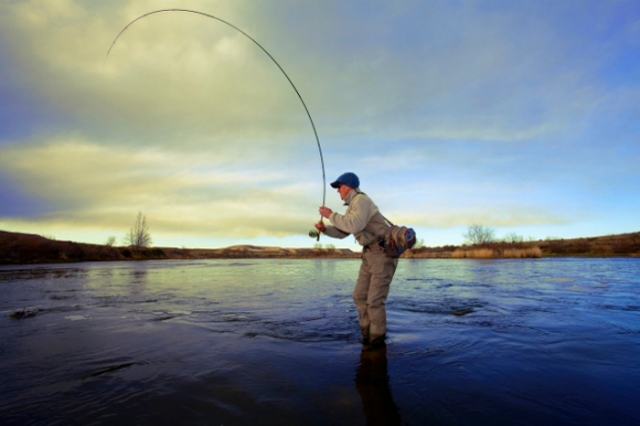
-
Fishing Files
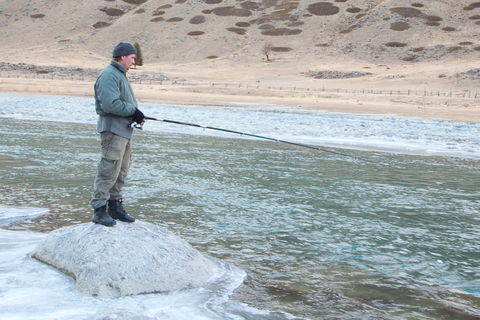
-
Fishing Files
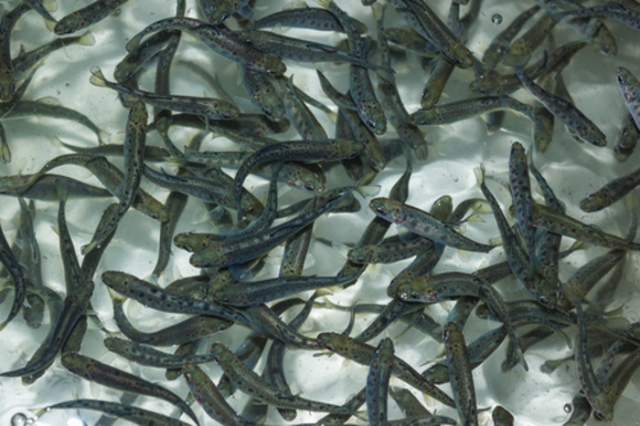
-
Fishing Files

-
Fishing Files

-
Northern Pike

-
School of Karanteen
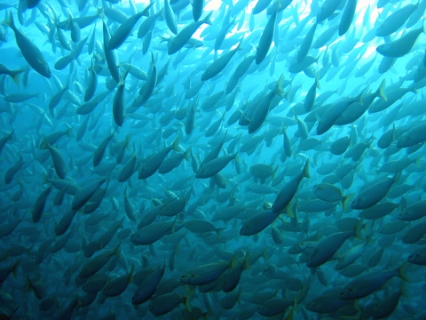
-
Walleye
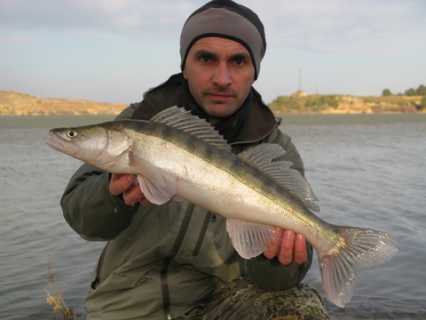
-
Goliath Grouper

-
Barracuda

-
European Chub
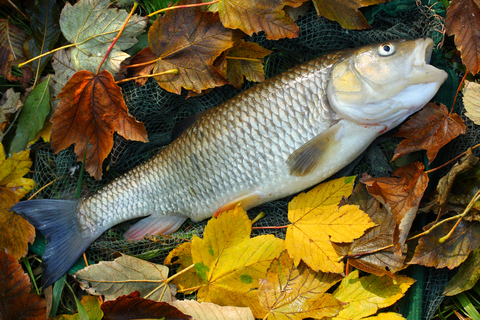
-
Drum Fish
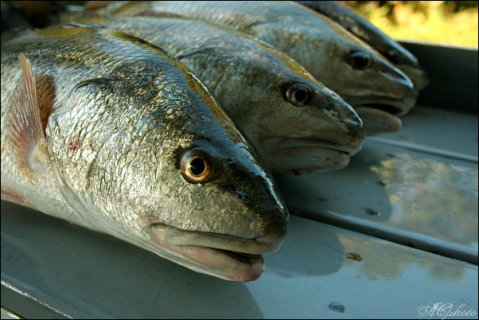
-
Grouper
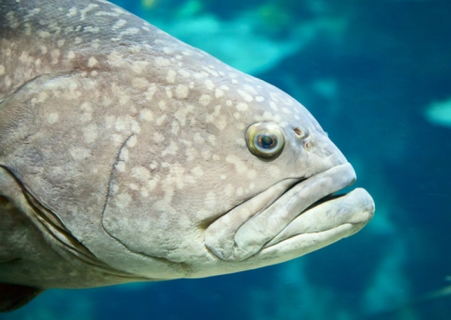
-
Blue Catfish

-
Catfish
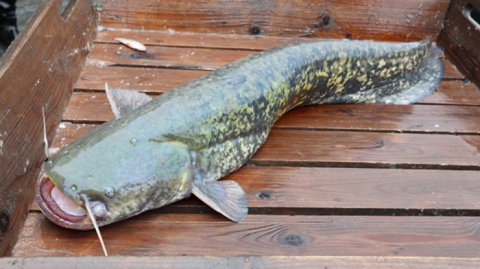
-
Star Puffer Fish
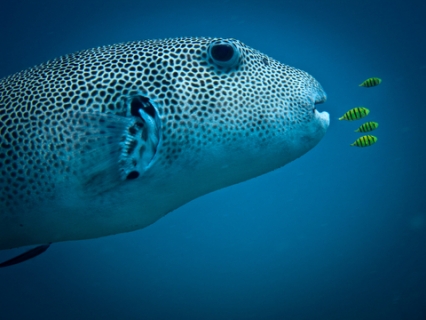
-
Napoleon Fish
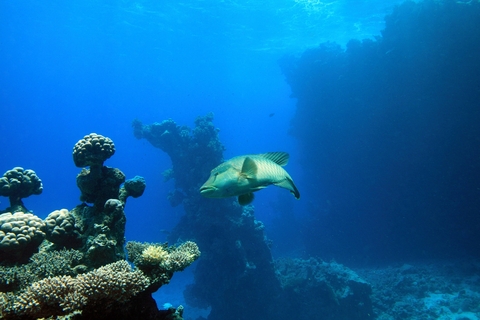
-
Smoked Trout
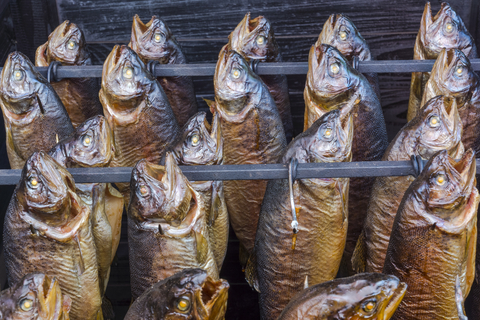
-
Perch

-
Smallmouth Bass
